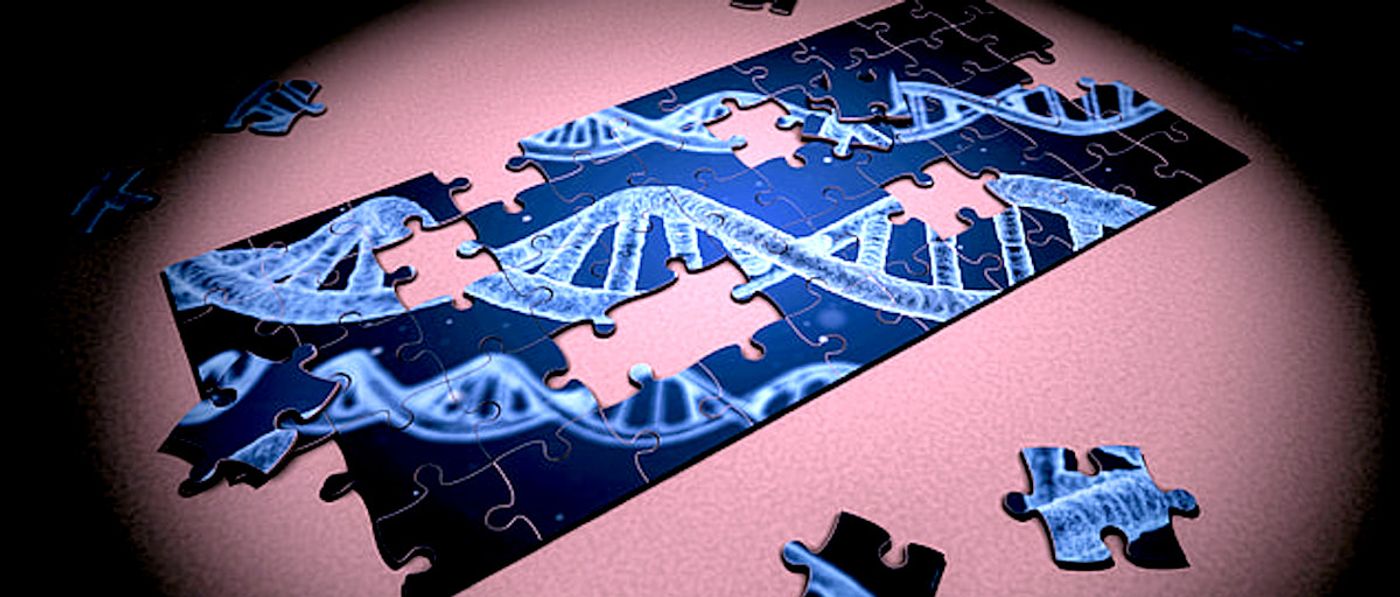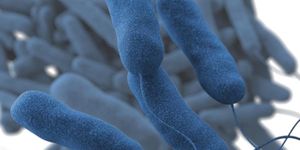'Jumping' Genes Can Regulate Gene Expression in Human Neurons
Even though genes that code for protein have been an intense focus of biomedical research for decades, the human genome is full of many different features. It's been estimated that as much as 50 percent of the human genome is made of transposable elements, which are also known as jumping genes because they can move around the genome. First identified by geneticist Barbara McClintock at Cold Spring Harbor Laboratory, their importance has been increasingly recognized, and research has revealed different types of them.
Many transposable elements have appeared to have no effect at all; their impact depends on where they end up and even then, their significance can be mediated by other factors like epigenetic tags, or they can even be self-silencing. Some, however, can regulate gene expression during development.
Research has now indicated that some transposable elements may have an important role in human brain development. The findings have been reported in Science Advances.
In this work, the scientists determined that transposable elements can link up with two proteins from the Krüppel-associated box-containing zinc finger protein family, or KZFPs. Previous work by this research team has shown that KZFPs are involved in tempering the regulatory actions of transposable elements during the early days of a fetus's life.
This study showed that there are two KZFPs found only in primates. These proteins are expressed in certain parts of the developing and adult human brain.
In brain organoids and neurons grown in culture, KZFPs continued to regulate the activity of transposable elements, which impacted the differentiation and characteristics of neurons. By stopping the transposable elements from being expressed, the KZFPs also shielded the cells from inflammation that would otherwise be caused.
"These results reveal how two proteins that appeared only recently in evolution have contributed to [shaping] the human brain by facilitating the co-option of transposable elements, these virus-like entities that have been remodeling our ancestral genome since the dawn of times," said the study leader Didier Trono of EPFL.
"Our findings also suggest possible pathogenic mechanisms for diseases such as amyotrophic lateral sclerosis or other neurodegenerative or neurodevelopmental disorders, providing leads for the prevention or treatment of these problems," added Trono.
Sources: AAAS/Eurekalert! via Ecole Polytechnique Fédérale de Lausanne (EPFL), Science Advances









